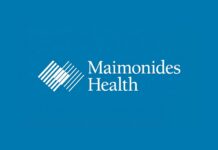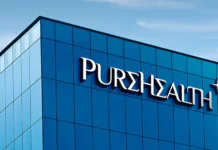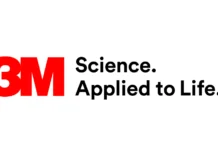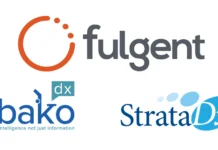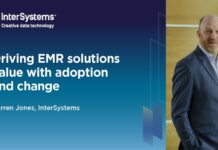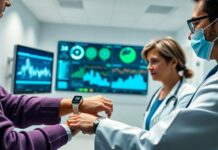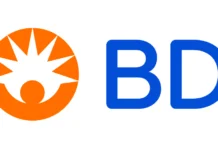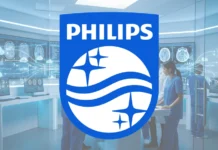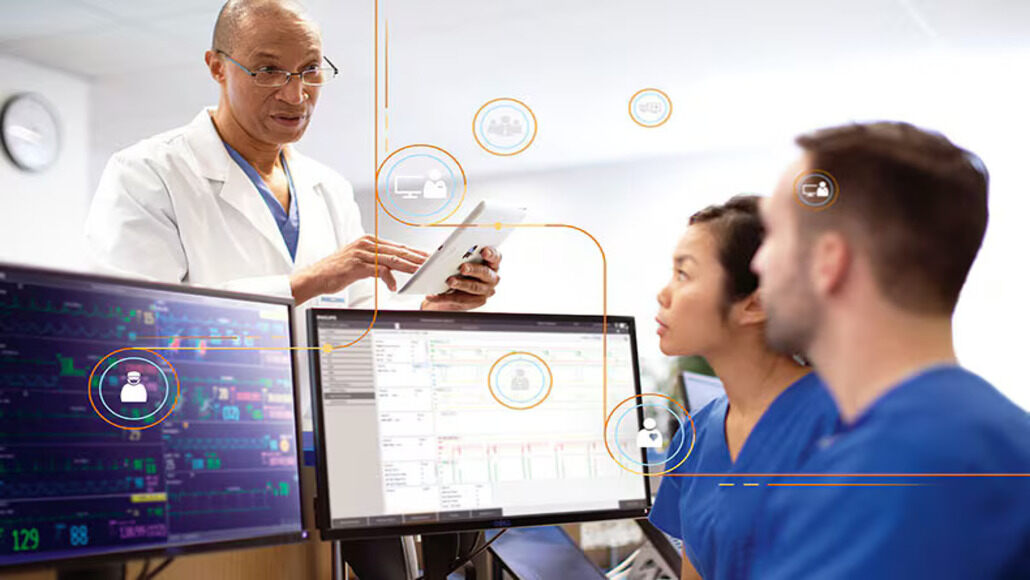Phillips went ahead and announced its collaborations with four leading critical care companies – Hamilton Medical, Getinge, Drager, and a leading infusion pump company, B. Braun Melsungen AG, in order to drive the operational enhancement and improve the hospital experience when it comes to patients as well as clinicians.
It is well to be noted that these collaborations happen to be centred around service-orientated device connectivity – SDC benchmarks, which help with interoperability throughout medical devices as well as platforms. SDC happens to support a common language between SDC-certified medical devices so that the clinicians can seamlessly see as well as act upon data derived from these technologies, in spite of their device manufacturer.
The open patient monitoring ecosystem of Philips helps partnerships along with outside device manufacturers, thereby enabling the future of enhanced connectivity throughout the hospital. This is a prominent step towards what Phillips calls a smart healing environment, wherein the facilities will be able to consolidate alarms and, at the same time, feed them into management workflows, which go on to meet the clinicians wherever they are.
This is going to definitely support a future system of integrated third-party devices that will enable a holistic view of patient information in one place, thereby helping the clinicians to track patients remotely and at the same time inform quicker care decision-making. The impact of these partnerships is immense, and they do sync in with the philosophy of improving care.
Alarm management when it comes to enhanced patient care
It is worth noting that alarms happen to play a very important role when it comes to hospitals by way of helping the clinicians to go ahead and respond to the needs of the patients.
The pervasive issue of alarm fatigue within hospitals goes on to represent a very crucial patient safety concern that happens to demand immediate attention. With clinicians being bombarded by hundreds of daily alarms per patient, the majority of which are either non-urgent or false, healthcare providers are faced with an unsustainable situation that compromises care quality. This kind of constant auditory assault not just desensitizes the medical staff to certain potentially critical alerts, but at the same time, it also goes on to create a very chaotic environment that negatively affects the recovery of patients. Studies happened to show that the stress from incessant alarms can elevate the blood pressure and also the heart rate in patients, thereby, ironically, triggering more monitor alerts when it comes to this vicious cycle.
It is well to be noted that Phillips does recognise that this kind of multifaceted challenge needs a systematic and collaborative approach. Through working with technology partners, they are developing integrated solutions that apply intelligent algorithms in order to prioritise as well as suppress non-critical alarms, while at the same time ensuring that genuine alerts go on to receive appropriate care and attention. Their approach happens to focus on three major areas: first, going ahead and implementing smart thresholds, which comprise individual patient baselines and not the generic parameters.
Second, coming up with unified alarm management platforms that aggregate as well as prioritise alerts throughout different tracking systems. And third, introducing a visual alarm notification system, which decreases the auditory overload while at the same time maintaining the clinical awareness.
Apparently, these technological advancements happen to be complemented by work designs that helped the clinicians to better manage responses without compromising on the vigilance. The objective is to transform hospitals from environments of constant noise to spaces of healing where the technologies support and not disrupt the care process. By way of these innovations, Phillips aims to reduce the false alarms and, at the same time, make sure that critical patient events never go unnoticed.
This is going to be made possible due to the following key actions that must be taken:
- Consolidating the alarm notifications – Since the clinicians will be able to get as well as act upon alarm notifications coming from multiple devices, they will be able to review as well as manage alarms from anywhere within the hospital, thereby streamlining the clinical work workflows.
- Creating the capacity in order to treat more patients – As hospitals continue to grapple because of staffing shortages, alarm management enables Freeing up clinical capacity by allowing the clinicians to track as well as address patient alarms while at the same time treating other patients where they are.
- Reduction of noise in patient rooms – Enhancing connectivity will also help devices to share data bi-directionally so that the clinicians can view as well as manage alarms from anywhere they are, which may also help in reducing the noise within patient rooms.
- Enhancing the response times – SDC will also enable timely intervention since the clinicians will be able to raise alarms as required from their mobile devices, thereby helping them to deliver prompt care across patients.
Powering smart healing environment by way of open and connected systems
Clinicians happen to make critical decisions every day that are based on data coming from a wide array of medical devices. Many of these devices don’t talk to each other, however, it is indeed now the time to simplify that reality. Through making data more accessible by way of SDC, a smart healing environment is created by Philips that happens to work better for both patients as well as clinicians.
The fact is that the challenges that the patients as well as the clinicians face are indeed very real, and Phillips is on the cusp of making a very meaningful as well as lasting effect. These collaborations mark a key landmark when it comes to the advancement of medical device connectivity, thereby making the open ecosystem a benchmark within the healthcare spectrum in order to enhance the experience pertaining to hospitals when it comes to one and all.



